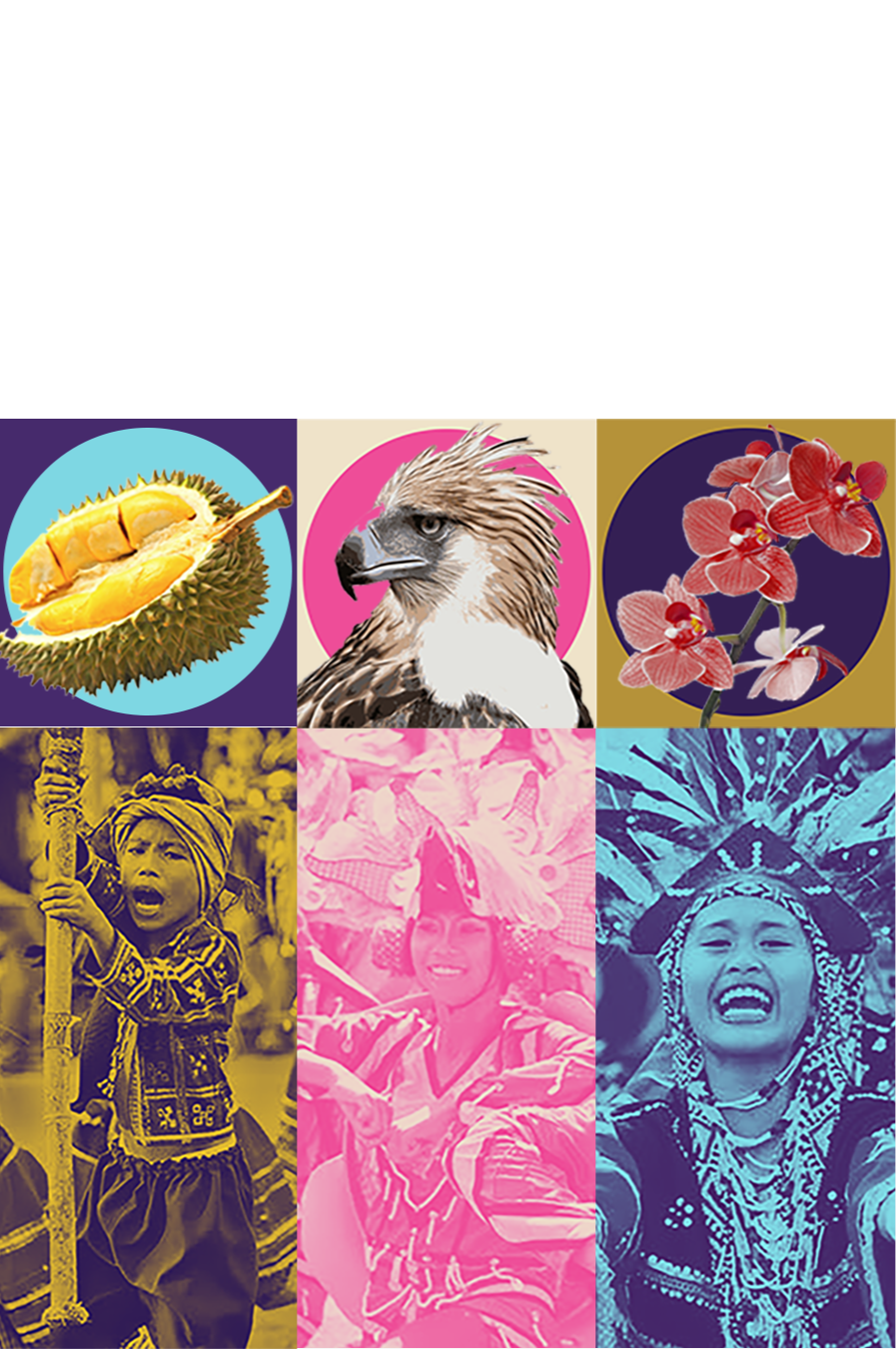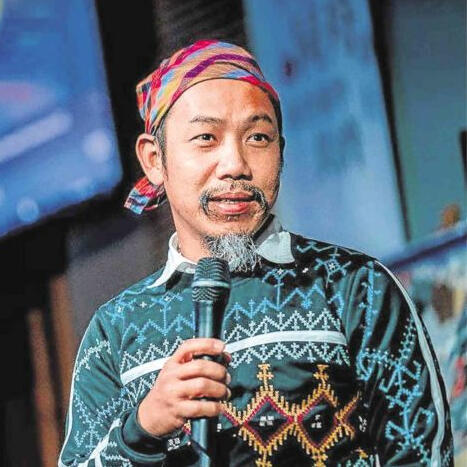
Fashion
@ninofranco.ph via Instagram:
[ D A B A W E N Y A
@alaizamalinao National Costume for Miss Universe Philippines 2020 featuring the Bagobo Tagabawa Attire by Traditional Bagobo Tagabawa Artisan, Bae Arlyne Salazar.
Tradition Beaded blouse (Umpak ka Bayi) in collaboration with Bagobo Tagabawa Traditional Artisan Bae Arlyne Salazar. The Umpak Ka Bayi is adorned with Pangulabe (ornate beading) which symbolizes the three main elements, Manobo (people), Manama (God) and Tana (Land).
The tubular skirt (Sun’od) which is hand woven abaca fabric (Inabal) Inabal from Bansalan, Davao del Sur is a traditional textile made from abaca with a special weave, either in patterns of kinatkat or ine, the cloth with a central panel, worn only by women. Designs are symbols derived from their dreams, environment and the epics of their people. These textiles woven in the ikat-style and colored by vegetable and natural dyes.
Adorned with traditional accessories salagbat necklace (wild boars tooth) and Tugo (bamboo) which is used when dancing. Lol’len horse hair headdress worn by women who belongs to the royal family. Rube (leg accessories) and Son’neng (traditional bag)
#IndayCanMakeItHappen
#MissUniversePhilippines2020
#DavaoCity ]
Visual arts

[Photo Source: https://mcm.edu.ph/news/mcm-mace-emblematic-sculpture-art-by-kublai-millan/]
Kublai Millan is a prolific artist from Davao and is known for the monuments that have become important cultural landmarks in Mindanao. Kublai has played a significant role in creating expressions to bring unity to the diverse spiritual cultures of Mindanao. (Philippine Embassy in Australia, 2020)
A 25-foot durian greets arriving passengers at the Davao International Airport. Besides Giant Durian Genesis Lore, there are more of these around Mindanao. Artist Kublai Millan has created larger-than-life monuments set in parks, churches and landscapes. His sculptures demand passers-by to pause and pay attention. Among them are the statue of Sultan Kudarat in his namesake province the Risen Christ in Tagum, Davao Del Norte, and the roundabout depicting interfaith unity among indigenous peoples, Muslim and Christians at Surallah, South Cotabato.
Kublai Millan carves his name behind the easily recognizable monuments, murals and paintings depicting unique Mindanawon themes. The multi-awarded artist makes ten monuments a year. “Dahil walang pumapansin sa’kin, ginawa kong malaki ang art ko,” he says of his works. (Lifestyle Asia, 2018)
Cultural Landmarks
[Photo Source:https://www.detourista.com/guide/davao-attractions/]
1.) DAVAO CITY HALL
The structure, then a municipal hall, was constructed in 1926. President Manuel L. Quezon signed Commonwealth Act No. 51 creating the City of Davao on October 16, 1936. It was inaugurated on March 1, 1937 with then Interior Secretary Elpidio Quirino. It was destroyed by war in 1945 and restored two years later based on its original design.
It was declared as a heritage building on November 17, 2012.
(Mindanews, 2018)
2.) DAVAO CATHEDRAL [SAN PEDRO CATHEDRAL]
San Pedro Cathedral is not only the oldest church in Davao City, but also the city's premier historical landmark. It was named after San Pedro (Saint Peter), the patron saint of Davao. The original structure was built in 1847 during the arrival of the Spanish Conquistadors, led by Don Jose Uyanguren. The Cathedral is situated at the very heart of the city right across the Sanguniang Panglunsod ng Dabaw (City Council) Building, and is close to several commercial establishments, hotels, shopping centers, universities, parks, a public market, etc. (Do Battad, 2011)
San Pedro Cathedral is the home of the Archdiocese of Davao. The first cathedral was built on 1847 having a Neo-Gothic style architecture and built using nipa and bamboo. Due to its capacity, the church was rebuilt in 1960 designed by Architect Manuel Chiew. The ark is pointed towards the cross. It’s a Spanish-style architecture with a modern design frontal-curved solid structure using concrete in 1964. This church witnessed the first bombing incident in 1981
3.) DAVAO CITY: PEOPLE'S PARK
Dubbed as one of the “cleanest and greenest parks in the country, ”People’s Park" is a sight to see in Davao City.
People’s Park is a cultural theme park created in 2007, which is the brainchild of them Mayor Rodrigo Duterte if Davao City. The name People’s Park was coined by Romeo Sardon, a retired electrician, who won the “Name the Park” contest.
The 4-hectare park is adorned with large sculptures representing what Davao is known for. It is an open plaza with landscaped greenery which is called “Philippine Rainforest” where you can see pigeons around as you enjoy a family picnic at the grounds. There are also benches where you can sit to have a relaxing time inside the park.
Interesting sculptures include the huge Philippine Eagle replica, the Durian Dome, patterned with Davao’s popular fruit, which serves at the main entrance where you can see legendary Mindanao works through pictures. Well-known sculptor Kublai Millan is the one who crafted these artworks, including the Lumads (indigenous people) of the town. Inside the park you can also see the Children’s Library where kids can read books. The People’s Park is also a perfect spot for joggers for it has a rainbow-colored track which you could use for a good run. A Dancing Fountain can also be seen in the park for a visual entertainment.(Philippine Primer, 2017)
















